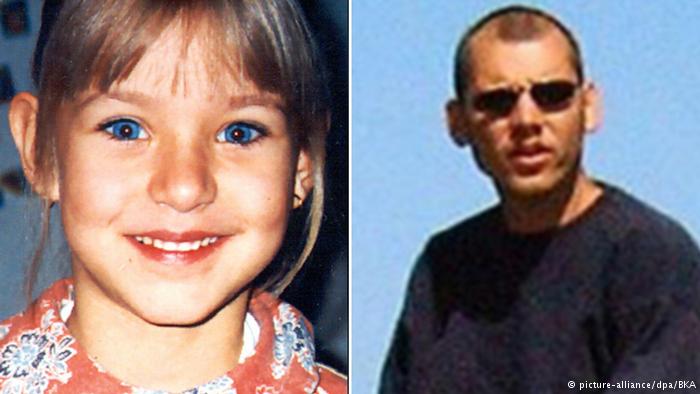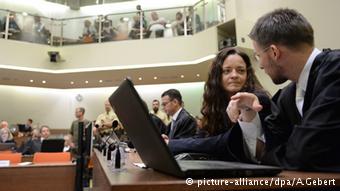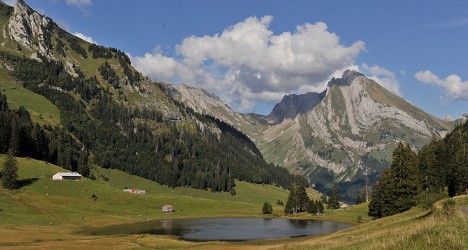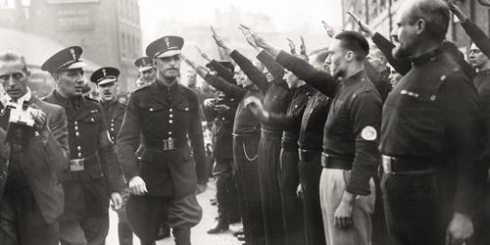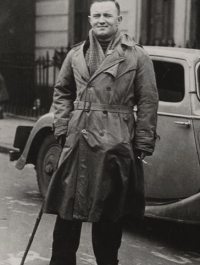Strange goings on in Pendle where the British National Party’s only district councillor in the UK announced on 23 November that he was going to sit as an independent and on the following day told the BBC he was back with the fascist party. Brian Parker first won his seat, in Marsden ward, in 2006, making him the longest serving BNP councillor ever.
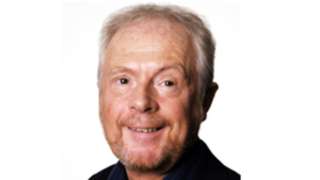
His rapid about-turn came a few days after the party’s annual conference, held this year in London. The party claims 3,000 members according to The Guardian (which commented “this might be an exaggeration”), but only around 50 showed up. One report said that among the absentees was the party’s treasurer, Clive Jefferson, with the result that the conference was not presented with a financial report.
Jefferson may have been missing but the same is not true for the party’s accounts. The latest, 2015, accounts were submitted on time to the Electoral Commission and make interesting reading. Although the BNP has pretty much collapsed in terms of activity and electoral impact, the central organisation still managed to attract income of £376,424 in 2015, resulting in a surplus for the year of £32,137. The balance sheet shows the party was still insolvent at the end of the year, but not as badly as the previous year. The insolvency is largely technical, the result of the method of accounting for life memberships.
The income is spent mostly on staff remuneration, renting and running the party’s office in Wigton, and a huge £97,718 on travel and subsistence. Nothing at all was spent on campaigning.
The separate regional accounts, which bring together the finances of all the party’s branches and groups – apart from those five that are named and shamed in the accounts because they failed to submit their information to the regional treasurer, James Mole – show income of just £22,868 for the year, with £12,030 spent on campaigns. That’s despite a statement in the “political overview” that “the early part of the year was taken up by fundraising events to raise money for the forthcoming elections”. The party claims 13 branches and 29 groups. Oddly, the “financial overview” contains a paragraph addressed specifically to Daily Mirror journalists, whom Mole accuses of incorrectly reporting last year’s regional accounts.
The BNP’s central income greatly exceeds that of every other far-right party that submits accounts to the Electoral Commission. The reason: bequests in the wills of dead members. Jefferson has for years been on a mission to induce the more elderly party members to leave money to the BNP in their wills. Jefferson knows that most people do not review their will very often, so despite the BNP losing members and being considered useless by many on the far right, the promised bequests remain in place. Some of these members have now died and the money is rolling in.
Of the 2015 income of £376,424, the accounts describe £240,567 as donations. The bulk of this consisted of two bequests. Returns made by the BNP to the Electoral Commission declared £150,000 from Dennis Stanley Radmore and £30,000 from John Christopher Lintill.
The bequests have continued this year. So far a further £25,000 was received from Radmore, £134,427.60 from Lintill and £42,797.03 from Barbara Swift.
Radmore, who died aged 91 in January 2015, lived in Plymouth. His £150,000 was among the ten largest donations to any political party in the fourth quarter of 2015. Lintill lived in a residential care home in Southend-on-Sea and died in February 2015.
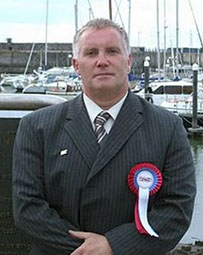
The BNP website includes a page explaining precisely how members can leave a gift to the party in their will. It explains, accurately: “At various times in the British National Party’s history, the timely arrival of a bequest has either secured the party’s survival through dark times, or allowed it to take a big stride forward when our opponents mistakenly believed we didn’t have the resources to do so.” It is the legacies that enable the party to pay its leader, disgraced teacher Adam Walker, and supporting staff and maintain an office.
Meanwhile, following Parker’s return to the BNP, the party’s website has claimed that he was “instrumental in rooting out the latest in a long line of ultra left wing agent provocateurs” in the party. “Thanks to loyal, hardworking British National Party Councillor Brian Parker, it has been possible to root out one such mole in a sting operation. The mole is no longer with the BNP,” the article reported, amid lavish praise for the councillor and an assurance that he is still with the party “following the successful culmination of our internal investigation”.

